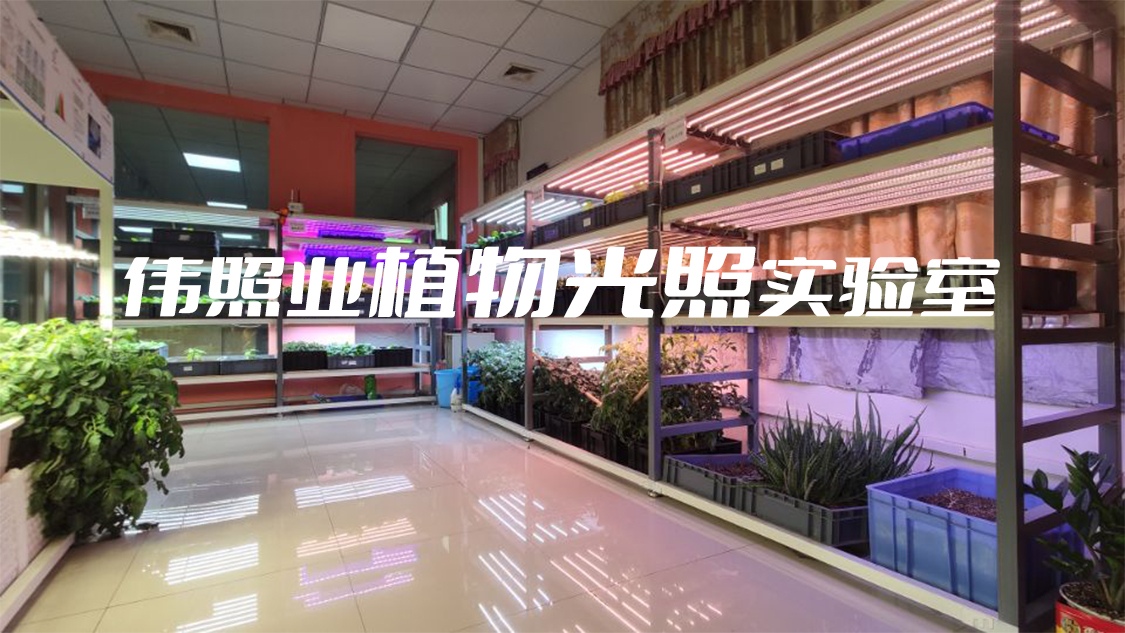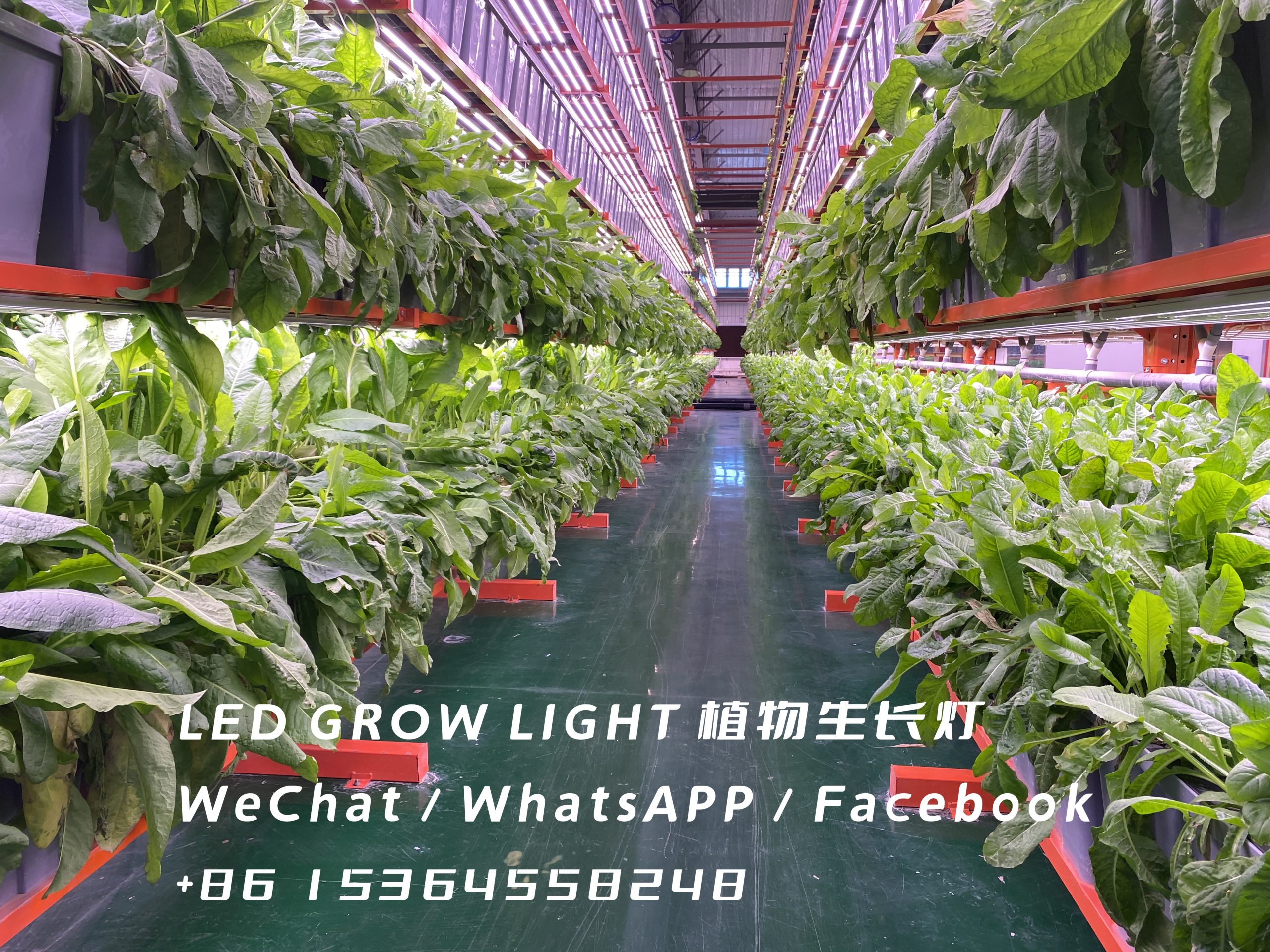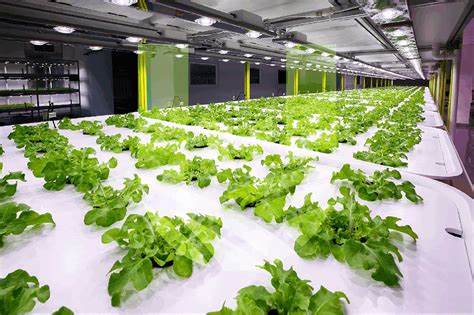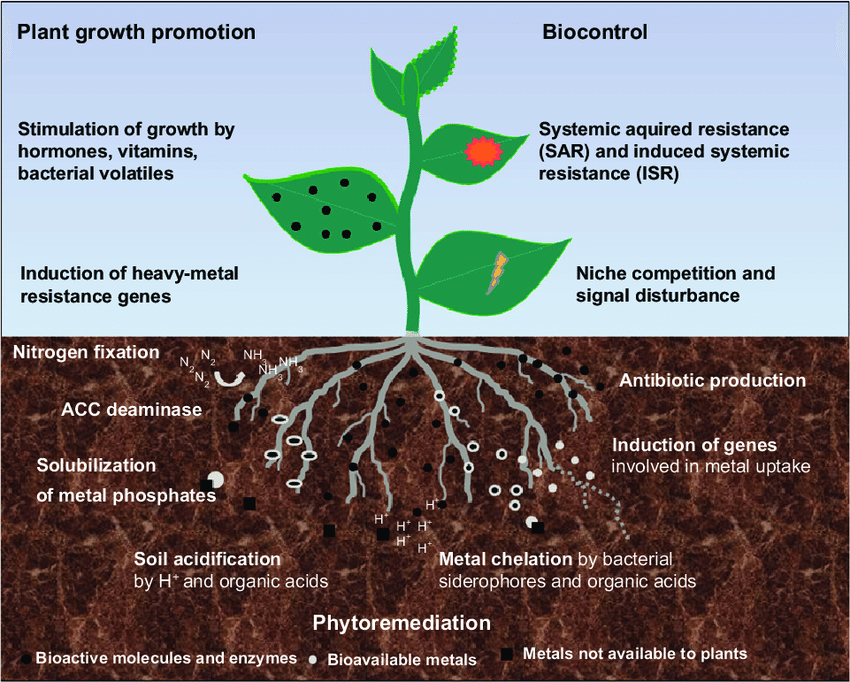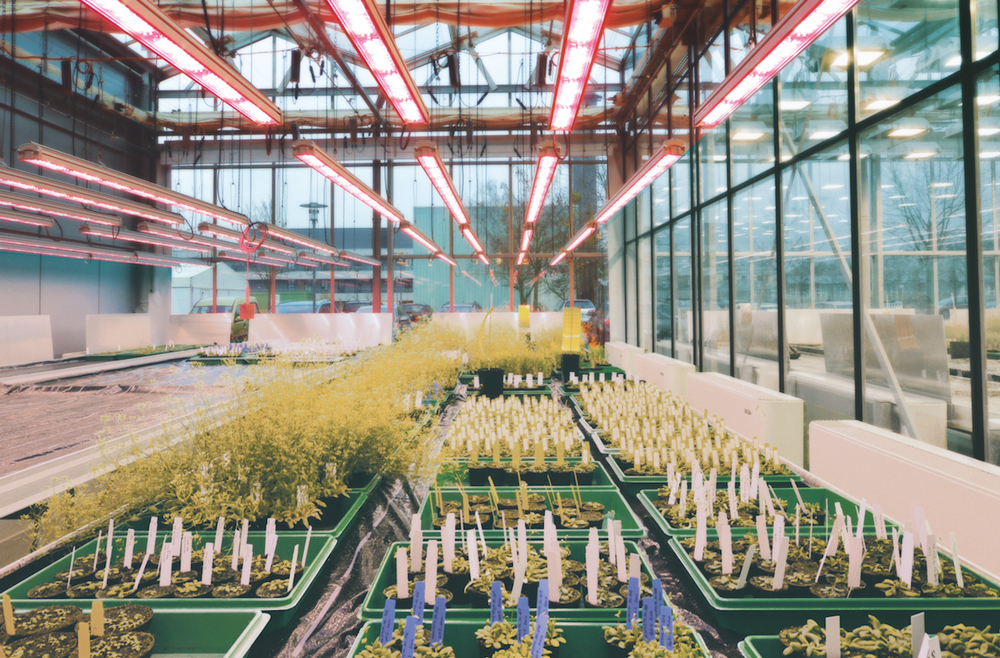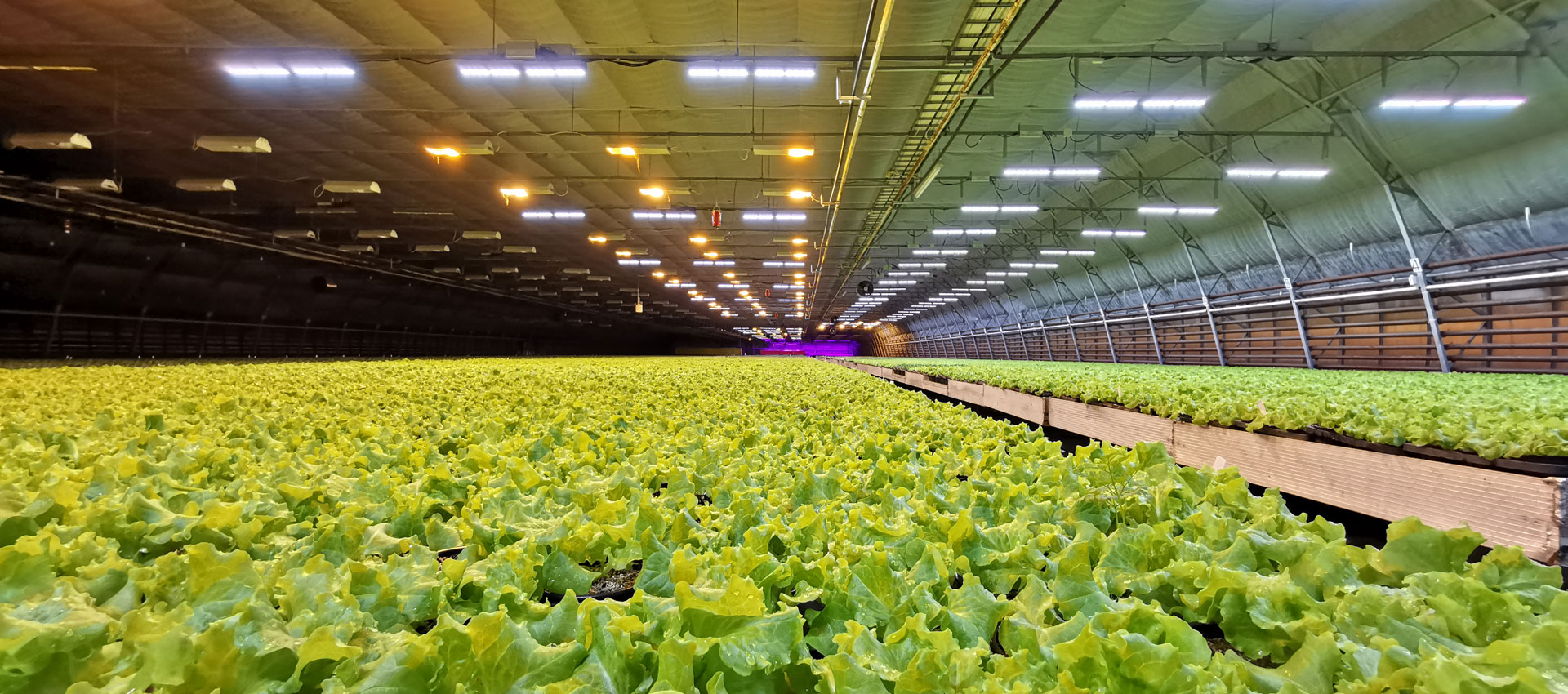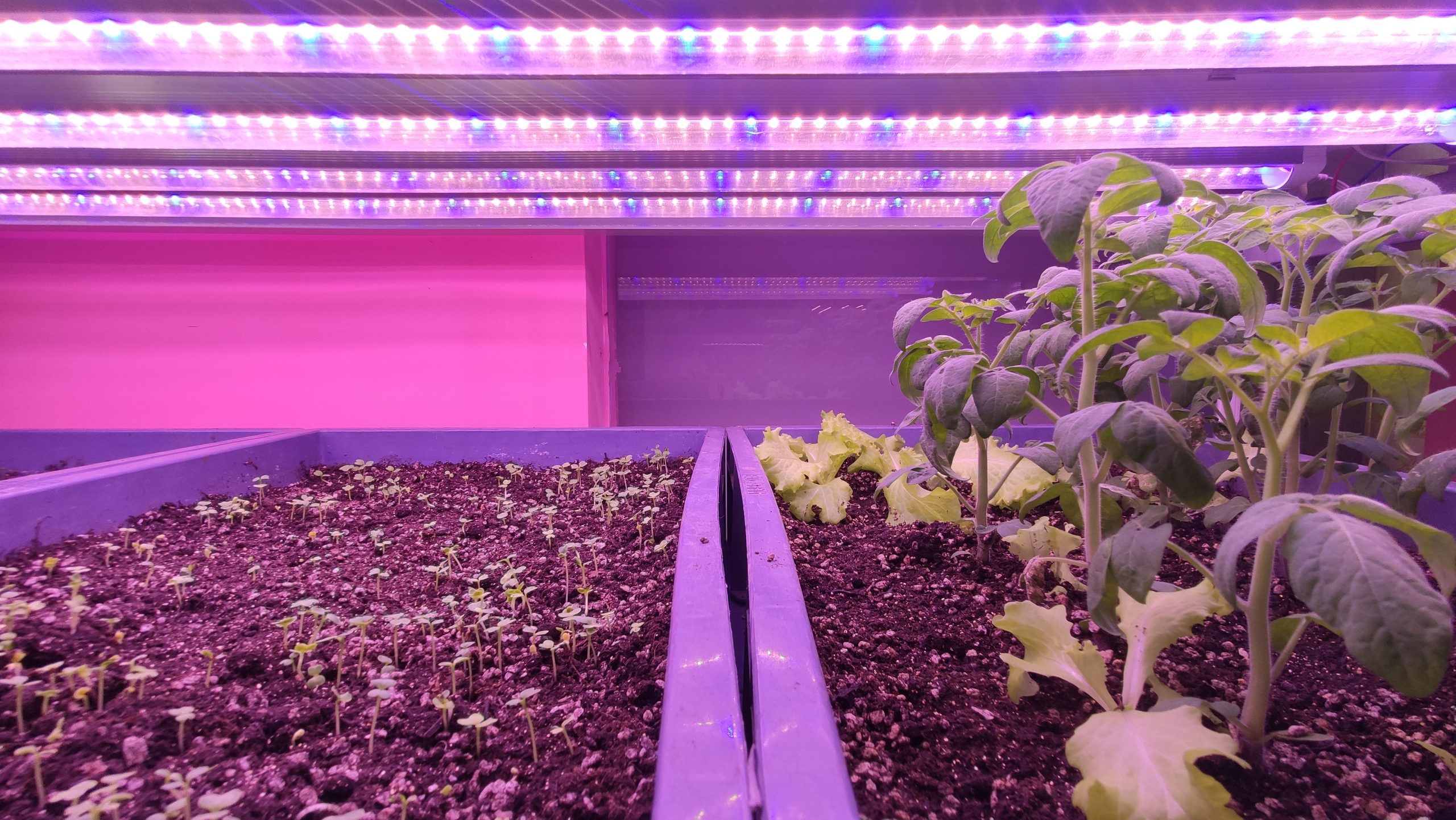In recent years, the utilization of light-emitting diodes (LEDs) in horticulture has gained significant traction due to their PPE efficiency, longevity, and versatility. LEDs emit light in various spectrum, each with specific wavelengths that influence plant growth and development. Among these, red 660nm, blue 450nm, and white LED lights play pivotal roles in plant illumination. 660nm Red …
More-
What are the role of 450nm 660nm LED and white LED in horticulture lighting?
-
High PPE LED For Horticole LED Grow Light
In the realm of modern agriculture and horticulture, the utilization of LED (Light Emitting Diode) technology has emerged as a prevalent choice, particularly in plant cultivation. From household gardening to commercial greenhouses, LED light sources have been widely employed to enhance the efficiency and quality of plant growth. This article delves into the application of …
More -
Semiconductor lighting for facility seedling breeding
High-quality seedling cultivation of vegetables, fruits and flowers is the basis for efficient and facility horticultural production. The types of plant seedlings currently used include seedlings, tissue culture seedlings, cutting seedlings and grafting seedlings. Facility hole tray substrate seedling cultivation has become the mainstream seedling cultivation mode. Japan and other developed countries have developed a …
More -
Light environment regulation of mineral element absorption
The most sensitive visible light band of plants is the physiological absorption peak of chlorophyll a and chlorophyll b, namely, 660 nm red light and 454 nm blue light (MeCree, 1972). The regulation of spectral combination of this band on the absorption of mineral elements in lettuce root has not been reported yet. Factors such …
More -
Analysis on the Advantages of Semiconductor Light Compensation in Greenhouse(三)
The evaluation of the effect of light quality on plant photosynthesis is widely derived from the light quantum yield (YPF) curve, which shows that the photosynthesis of 600~660 mm red orange light is 20%~30% higher than that of 400~460 nm blue green and blue light. When analyzing light quality based on YPF curve, HPS has …
More -
Analysis on the Advantages of Semiconductor Light Compensation in Greenhouse(二)
Analysis of light compensation technology Light compensation methods include top light compensation, interline light compensation, multi-layer light compensation, etc. Compared with the traditional light source, LED light source lamps are free to be larger in size, shape and power design, flexible in suspension mode and light in weight. A variety of light supplement technology models …
More -
Analysis on the Advantages of Semiconductor Light Compensation in Greenhouse(一)
Analysis of light source advantages Incandescent lamp is a common light source to create long sunshine, but its low electrical efficiency and low red to far red light ratio cannot improve stem elongation, so it is gradually prohibited from being sold and used. Compact fluorescent lamps and HPS have higher energy efficiency and higher R: …
More -
Plant seedling breeding and its light environment regulation(二)
Light quality Light quality plays a significant role in regulating the growth, development and physiological metabolism of plant seedlings. Generally, red light is beneficial to the elongation of seedling stems and the accumulation of dry matter, while blue light can promote the synthesis of protein, increase the activity of antioxidant enzymes, etc., and red blue …
More -
Plant seedling breeding and its light environment regulation(一)
Seedlings are the first major source of plant seedlings. Explore the influence of light environment on physiological characteristics and nutritional quality of seedlings, provide theoretical support for the regulation of light environment of high-quality and high-yield seedlings, and provide reference for the regulation of light environment of protected seedlings. light intensity Cai Zhiquan et al. …
More

